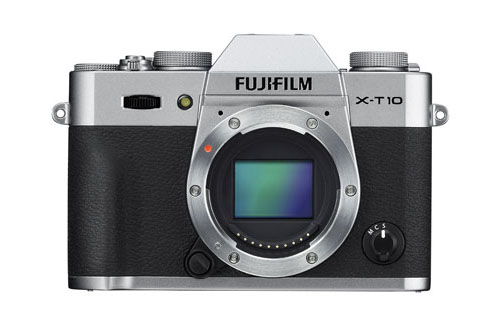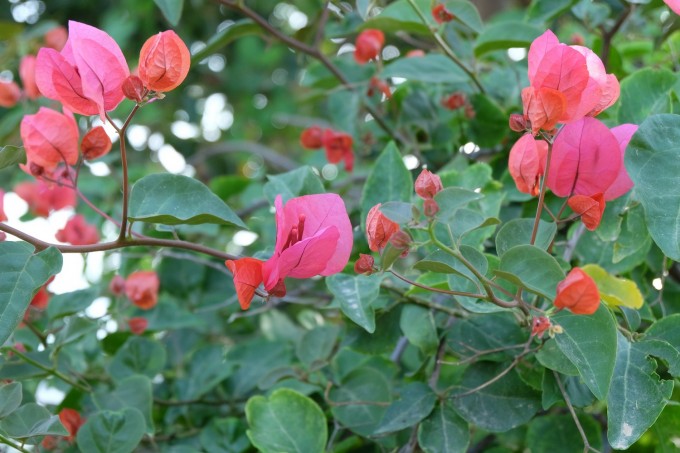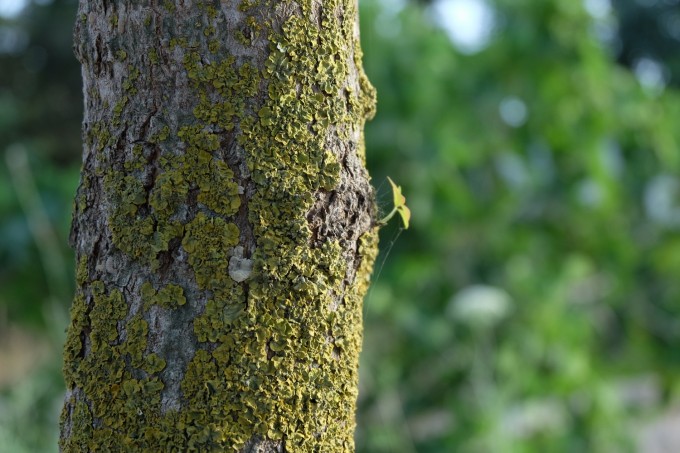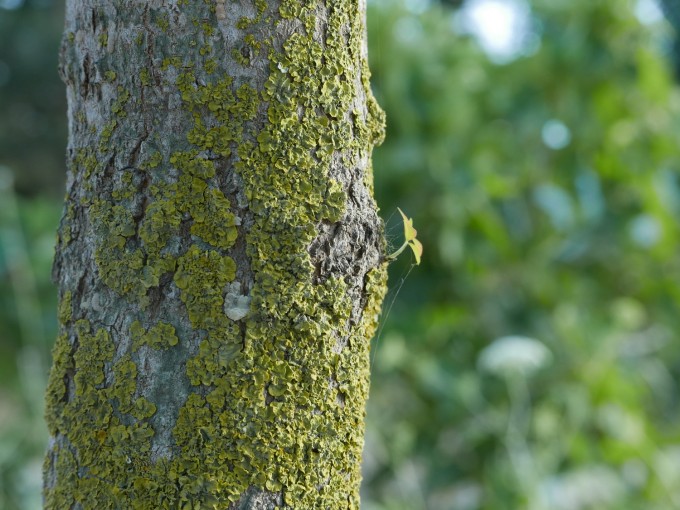A Quick Fuji X-T10 User Review & Comparison
by Eyal Gurevich – His Website is HERE!

The Fuji X-T10 is a smallerized version of the X-T1, packing most of its goodness without its bulk (and without some of its features, but that’s for another post).
Although the X-T10 is a different beast altogether than the Lumix LX100, the two cameras share more than a few characteristics – both have the combination of an exposure compensation dial, a shutter speed dial, an aperture ring on the lens (depending on which lens you mount on the Fuji) and an electronic viewfinder – all creating a resembling control flow in spite of the cameras’ different looks (is that a film camera!?).
I received the X-T10 with the 16-50mm f/3.5-5.6 lens, which matches the LX100’s 24-75mm range but not its f/1.7-2.8 max apertures. Anyhow, I put the two to the test, aiming to find out how the two lens/sensor combos stack up against each other.
JPG Color
First, I set both cameras to a manual white balance and the same exposure settings and created these examples, showing the colors rendered by the cameras’ jpg engines.
The images show a large variation of color rendition as well as a slight exposure difference between the two sensors and JPG engines. Remember that both were set to standard colors with a fixed white balance.
Fuji X-T10, ISO 200, 1/30, f/5.6
–
Lumix LX100, ISO 200, 1/30, f/5.6
–
Fuji X-T10, ISO 800, 1/125, f/5.6
–
Lumix LX100, ISO 800, 1/125, f/5.6
–
Fuji X-T10, ISO 400, 1/125, f/5.6
–
Lumix LX100, ISO 400, 1/125, f/5.6
Detail And Sharpness
The next test compared the detail and sharpness of the two cameras, baring in mind that the 16-50mm is far from being the best lens in the Fuji line (click on the images for their full versions).
Fuji X-T10, ISO 800, 1/15, f/5.6
–
Lumix LX100, ISO 800, 1/125, f/5.6
–
Now here’s a normalized 100% crop of those two images, clearly showing the advantage of the X-T10’s sensor over that of the LX100, even with this inexpensive kit lens.
Fuji X-T10, ISO 800, 1/125, f/5.6, 100%
–
Lumix LX100, ISO 800, 1/125, f/5.6, 100%
The Bottom Line
The LX100 is a wonderful camera, no doubt about that (hey, I chose it as my own), providing an unmatched sensor size / zoom / apertures combo, both in the compact and mirrorless camera markets. The X-T10, being new to the mirroless family of the Fuji X, is proving itself right off the bat to be a worthy contender and a desired option on your shopping list, should you be in market for a small but highly capable camera.
My full review of the X-T10 is already on youtube, I refer to this comparison at 21:00 :












I am a Nikon shooter and I just purchased the XT-1 and installed the newest firmware. Your excellent youtube review has answered a few technical questions that I didn’t know from experimenting with this camera and reading other reviews. I am glad that you mentioned that continuous AF won’t work with both the electronic shutter and mechanical shutter selected. This is a very easy to use and intuitive camera and it will augment my Nikon FX/DX system for awhile. I hope to use this camera as a backup at a dance performance fairly soon with the new Fuji 16-55MM F/2.8. I like the mirrorless camera concept but this Fuji system barely has a flash system at all. The Nikon speedlight system leaves Fuji in the dust. The good news is that Fuji is working very hard to close the gap with DSLRs. I am patient enough to wait for the updates. Thanks again!
Totally agree with you. Bokeh is about quality. What wording should one use to mention the amount of “blur”?
“the X-T10 enjoys more bokeh”
I don’t think you understand what bokeh means – it is a quality not an amount.
I am sort of with this concern about the xtrans sensor. Love love my x100 and enjoying the XA1 with 18-55/18/27/35 lenses ….. But holding off on buying xt1 because i would prefer to stick with bayer sensor
Thanks for posting these. I think that the Panasonic is fine – but the Fuji’s sensor really is something else. Even when enlarged, images show beautiful, clean images. It might be mere ‘pixel peeping’ but wait until you have to provide large prints, or crop a frame heavily.
Have you noticed any strange artefacts from the Fuji’s sensor? Apparently that’s the only problem with it, unless Fuji has fixed this issue.
Olympus E-M1 – then smaller E-M10.
Fuji X-T1 – then smaller X-T10.
Heh. 🙂
Need to be an equivalent aperture test allowing for the different sensor sizes. eg Fuji 5.6 and LX100 f4 (approx).
“which matches the LX100’s 24-75mm range but not its f/1.7-2.8 max apertures.”
This doesn’t take into account the size of the sensor. At a given aperture, the X-T10 enjoys more bokeh as we can see on your photos.
I love that Fuji Color!
both great cameras, the differences will start to clearly show at ISO3200 and above, this is where Fuji really pulls ahead.
Fuji fuji fuji all you have to do is get rid of the Xtran you have great color already. The b.s. Xwax sensor you are using is an acuity. killer lets move on and IBIS 3 stops at least the first set of images was blurry as were a lot I shot with the Xt1 when I had it. In spite of all this I still love Fuji and seriously believe they will come around, i think. : )
Except for the label pic, LX100 seems better to me, more organic images (although less contrasty and lighter colors).
Both of those cameras look fantastic. It would be interesting to see the comparison with a non-kit lens on the X-T10. You’d certainly get comparable results with detail and sharpness.
Fuji always does such great JPEG colors I love the look of their stuff but that would make sense I love their color film personally